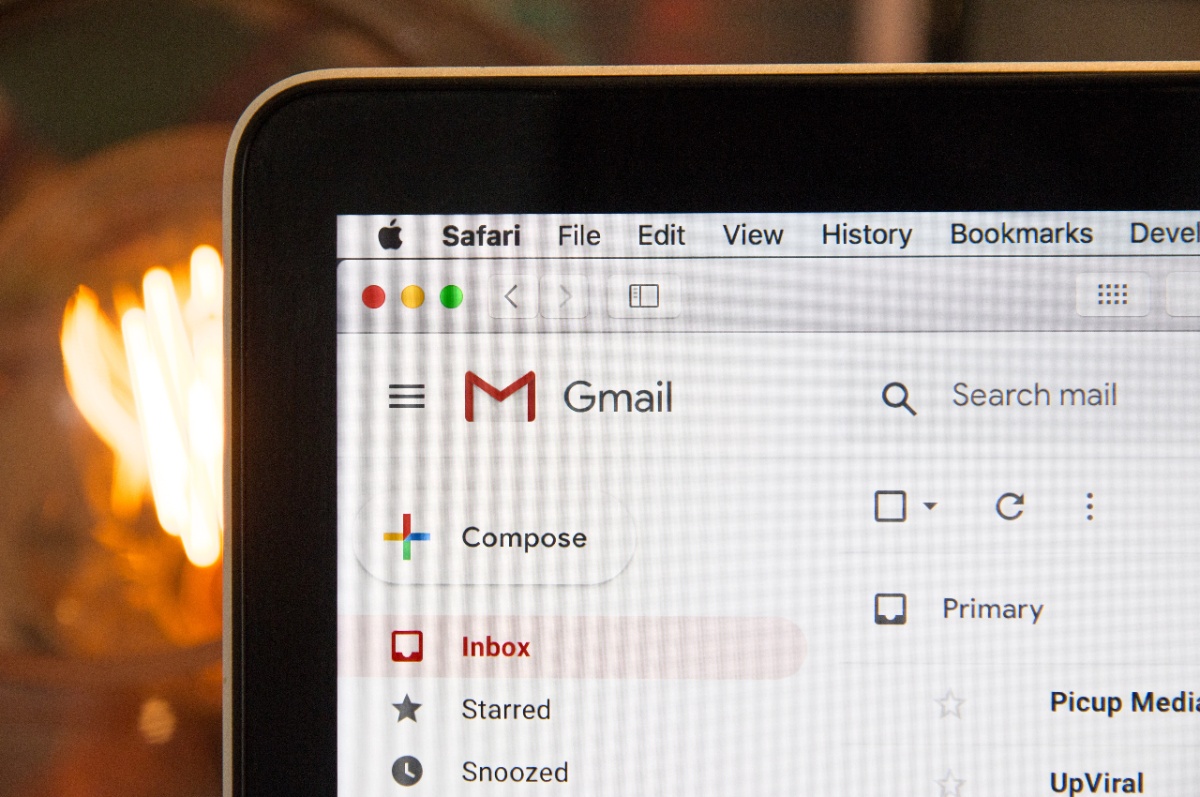Amp Up Your Email Marketing Strategy: Use Segmentation

You know by now that you need to be using email marketing. Maybe you even have a monthly email newsletter that you send out to clients and prospects.
That’s a great first step, but there’s more to email marketing than just setting up a MailChimp account. If you’re ready to step up your email game to become truly effective with your email marketing campaigns, it’s time you learned about segmentation.
What is Email Segmentation?
Email segmentation involves separating your email list into groups based on their characteristics.
There are two primary ways to segment your leads, by buyer persona and by stage of the buyer’s journey.
- When segmenting by buyer persona, this means separating your various customer types. Say your company is a building supply company, you might have several different buyer types, such as contractors who buy from you wholesale and homeowners who are buying supplies for a DIY remodeling project.
- When segmenting by stage of the buyer’s journey, you’ll need to separate current customers from leads, and separate your leads into marketing qualified leads (MQLs), which are leads who are interested in your product or service, but who aren’t ready to commit just yet, and sales qualified leads (SQLs), which are leads who are further along in the buyer’s journey and closer to making a purchase.
Why Segment Your Email Campaigns?
It’s crucial that you segment your email campaigns if you want them to be effective. Why?
Because without segmentation, your customers and leads aren’t getting content that is relevant to their needs. Instead, they’re getting information that is targeted to someone else at a different stage in the buyer’s journey, or they’re getting information that is just too general.
Your customers and leads are only going to be truly compelled by content that is specifically tailored to their pain points and where they’re at in the decision making process.
Delivering Relevant Email Content
And what happens when your email content isn’t relevant? You probably already know this one: it doesn’t get read.
Instead, it gets deleted, or worse, the recipient unsubscribes from your email list, and you’ve lost the ability to reach that customer or lead.
Think about it, if you’re planning to purchase something, but you’re still in the decision-making phase of the buyer’s journey and are still deciding on whether you need a product or not, getting messages like “Buy Now” and “Schedule a Consultation” aren’t going to appeal to you—you’re more likely to be interested in more information on the product and the manufacturers or retailers. An email that gives you that information, rather than pushing you to make a purchase is going to be much more welcome and effective.
When it comes to email marketing segmentation, remember: different leads have different needs.
And that means you should be segmenting them into different lists and providing them with specific, relevant content for their buyer persona and buying stage. For more on amping up your email marketing strategy, check out B2B Inbound Tips: Using Email Marketing Effectively and 8 Bad Email Marketing Habits that are Killing Your List.
And if you’re really ready to improve your email marketing strategy and bring in more leads, get in touch with Evenbound. We’re a growth agency with proven results in both email and inbound marketing.


